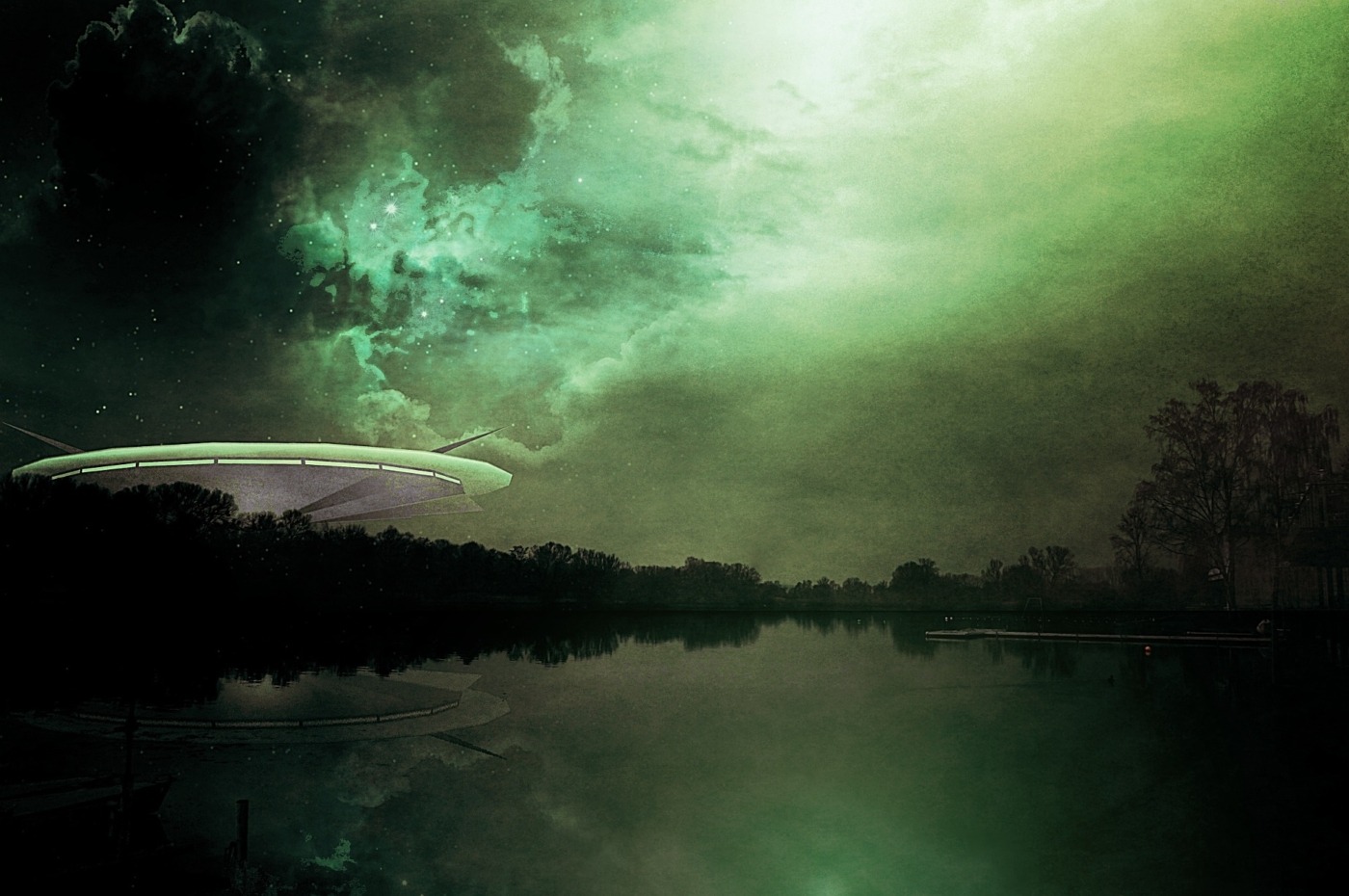US intelligence community releases its long-awaited UFO report
On Friday 25 June, the US government released a long-anticipated report on UFO sightings. After numerous reports from the US military of vehicles seen moving erratically in the sky, the Trump administration signed off a fiscal bill last year that included an order to look into the phenomenon. The act ordered government agencies to provide a declassified “detailed analysis of unidentified aerial phenomena [UAP] data and intelligence” and “a detailed description of an interagency process” for reporting UAP. The report stops short of attributing any of these sightings to aliens, but it leaves a lot of questions about what exactly is going on in the skies.
In compiling the report, the Pentagon examined 144 reports of UAPs from US government sources since 2004. 80 of the reported incidents were observed with multiple sensors, including “radar, infrared, electro-optical, weapon seekers, and visual observation” – as a result, the report notes that most of the UAP “probably do represent physical objects”, although it also states that some incidents could be the result of technological errors in sensors or observers. 18 of the sightings saw “unusual UAP movement patterns or flight characteristics”, including the ability to “remain stationary in winds aloft, move against the wind, manoeuvre abruptly, or move at considerable speed, without discernible means of propulsion”.
The report was only able to identify a single UAP “with high confidence”, which turned out to be “a large, deflating balloon” – this was down to the fact that, in most cases, there was too little information for investigators to even broadly characterise the incident. However, despite failing to identify essentially all of the UAP, the report suggests there are limited possibilities for what they could be: “Our analysis of the data supports the construct that if and when individual UAP incidents are resolved they will fall into one of five potential explanatory categories: airborne clutter, natural atmospheric phenomena, USG or US industry developmental programs, foreign adversary systems, and a catchall ‘other’ bin.”
The ‘other’ category would include alien life, but intelligence officials do not believe that this is the case. It also notes that there is no evidence that the objects were linked to another country, such as Russia or China, although it does not rule out the possibility. Marik von Rennenkampff, who served at the Pentagon and as an analyst in the state department’s bureau of international security and nonproliferation, said: “China has well-documented issues with basic jet engines, they rely on espionage to develop their most advanced weapons systems. So, I struggle with China having developed this. Russia has a defense budget that is a fraction of the United States, and much of its military infrastructure is crumbling so I struggle with that too. So if it is China or Russia, then that’s extraordinary. I don’t know how they did it, and it would be a monumental failure of intelligence collection on the part of the United States, orders of magnitude worse than 9/11.”
The ‘other’ category would include alien life, but intelligence officials do not believe that this is the case
Pressure had been building on the US to release what it knows about alien life for decades, and the Pentagon had been quietly gathering data since 2007 as part of the Advanced Aerospace Threat Identification Program. Although this report is fairly inconclusive, as Adam Dodd notes, the fact that it even exists at all is indicative of a huge shift in institutional policy – from dismissing UFO enthusiasts as fringe nuts to understanding sightings as important pieces of data with national security implications. Indeed, there was no way to even formally report a sighting within the government until 2019. As Dodd writes: “The new Pentagon report doesn’t compel us to accept the reality of alien visitation. But it does compel us to take UFOs seriously.”
Where do we go from here? The US Department of Defence will over the next three months develop a new strategy for collecting and tracking information on potential sightings. Part of the data collection effort is destigmatising UAPs and pushing pilots to report what they see, even when what they see is implausible. Work will continue because, as the report notes, these objects “clearly pose a safety of flight issue and may pose a challenge to US national security”, and the Pentagon’s confirmation that it plans to formalise the study of UAPs indicates how seriously it is taking this after years of political infighting over the topic.
The fact that the report raises more questions than it answers will be a frustration for many – for now, the best we can do (to paraphrase The X-Files) is keep watching the skies, because the truth is out there.

Comments